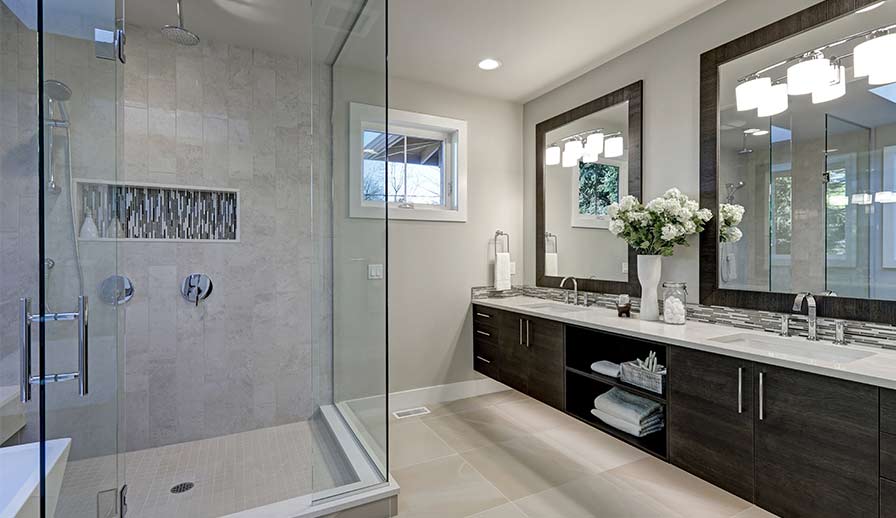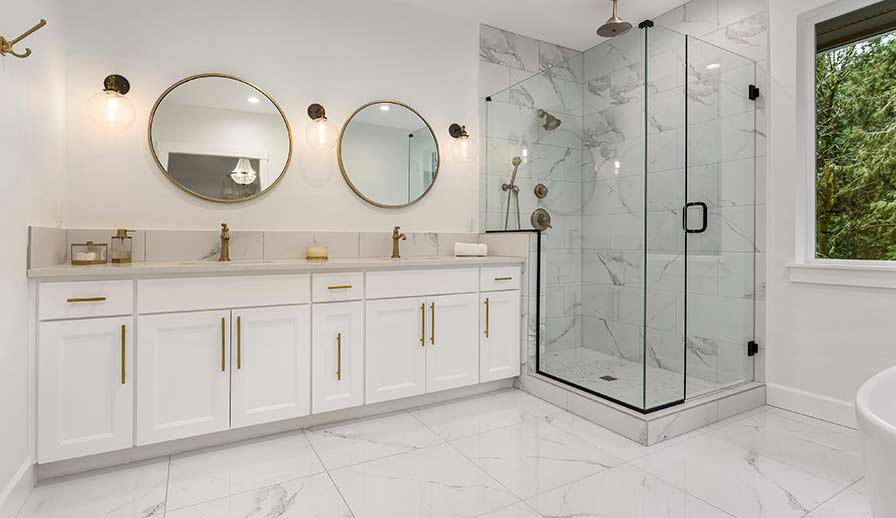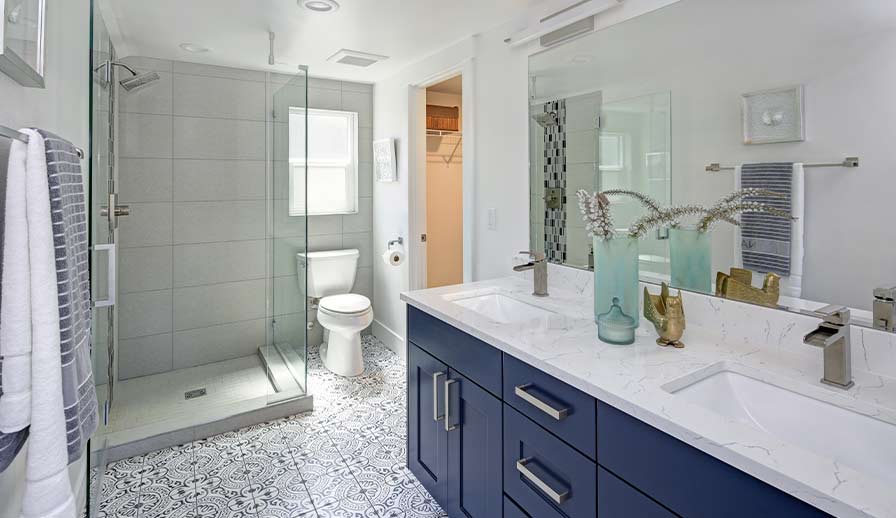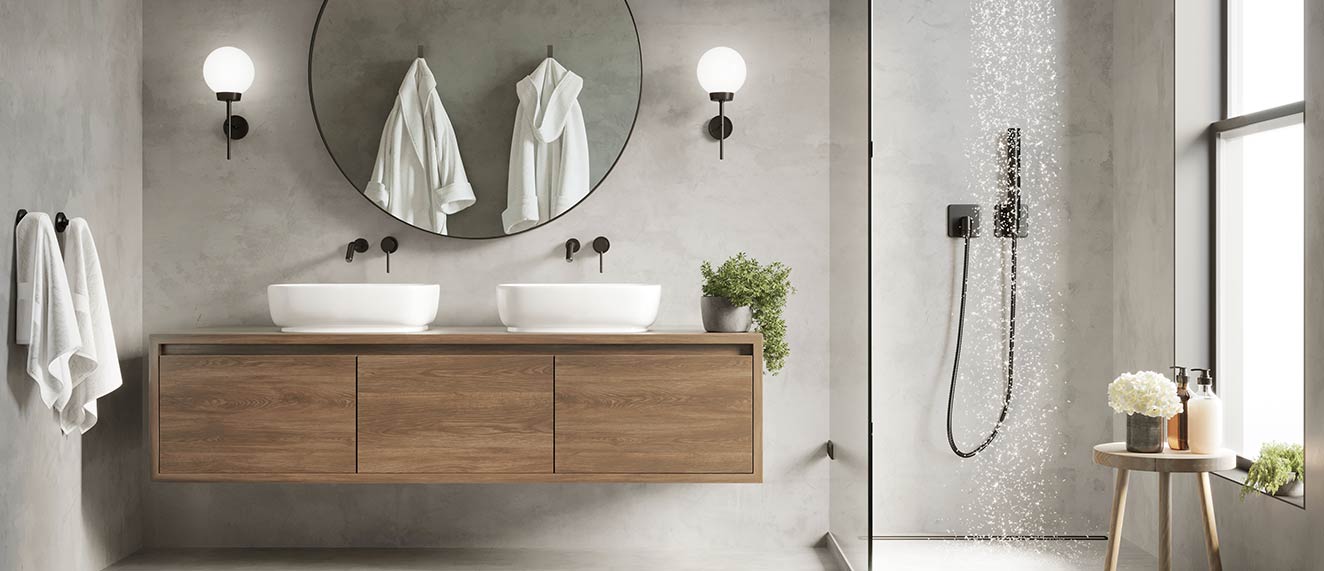<div id="fb-root"></div> <script async defer crossorigin="anonymous" src="https://connect.facebook.net/en_US/sdk.js#xfbml=1&version=v7.0&appId=316823972071999&autoLogAppEvents=1" nonce="CTWNWDyy"></script>
<div id="fb-root"></div> <script async defer crossorigin="anonymous" src="https://connect.facebook.net/en_US/sdk.js#xfbml=1&version=v7.0&appId=321786092155799&autoLogAppEvents=1" nonce="u97HXyju"></script>
Struggling to find content to share on your social media pages?
Stop scrolling through Instagram and Facebook. All you need is REALTOR.ca.
Our consumer lifestyle blog, Living Room, offers content including home improvement, market trends, DIY projects, neighbourhood guides and profiles on unique homes. Living Room publishes exciting new content four times a week (with unique French content for our Francophone fans).
<div class="fb-page" data-href="https://www.facebook.com/REALTORdotca" data-tabs="" data-width="" data-height="" data-small-header="false" data-adapt-container-width="true" data-hide-cover="false" data-show-facepile="false"><blockquote cite="https://www.facebook.com/REALTORdotca" class="fb-xfbml-parse-ignore"><a href="https://www.facebook.com/REALTORdotca">REALTOR.ca</a></blockquote></div>
While CREA Café is curated specifically to help your business grow and thrive, Living Room content is perfect to share with your clients.
Owned and operated by the Canadian Real Estate Association (CREA), REALTOR.ca is the No. 1 real estate platform in Canada* with MLS® System listings from across the country.
Share this blog with your clients and followers with the Facebook button below!
<div class="fb-share-button" data-href="https://www.realtor.ca/blog/postpage/12441/1363/bathtub-conversion-it%E2%80%99s-a-walk-in-the-shower" data-layout="button" data-size="large"><a target="_blank" href="https://www.facebook.com/sharer/sharer.php?u=https%3A%2F%2Fwww.realtor.ca%2Fblog%2Fpostpage%2F12441%2F1363%2Fbathtub-conversion-it%25E2%2580%2599s-a-walk-in-the-shower&src=sdkpreparse" class="fb-xfbml-parse-ignore">Share</a></div>
You can also follow REALTOR.ca on Twitter, Instagram and Pinterest.
View the original blog here.
*Comscore, 2020
Stand-alone showers have been rising in popularity as the primary bathing method in many homes—they’re practical, spacious, and downright gorgeous. If you’ve been reconsidering your bathroom’s space with a shower conversion, think about the following important considerations to help you get started.

Can it affect my home’s resale value?
While it’s usually recommended to maintain at least one bathtub in a home, some Houzz polls indicate this may not be as important to homeowners as it used to be. One poll showed that 67% of respondents agreed that having only a large shower stall would not hurt a home’s resale value. Another poll indicated 54% of respondents believed having a shower is more important over either a tub, or both a shower and a bathtub, while only 6% believed having only a tub was most important.
Demographics for urban condos are shifting towards younger buyers whose preference leans towards maximizing the use of bathroom space. Homeowners are using tubs less and prefer the spacious appeal of shower stalls.
Clearances and codes
Before running out to your local building centre or calling contractors, it’s best to do some preliminary planning. There are codes that must be followed. It’s best to adhere to the International Plumbing Code, which indicates a minimum of 24” clearance between your shower stall and any object or adjacent wall—the ideal amount of space is at least 30”.
Rona has broken down these codes into a helpful set of measurement guidelines that you can follow when planning your space. Be sure to check your local and provincial building codes as well to ensure compliance. Having a good understanding of your space will help guide your design decisions and avoid any last-minute disappointments.
This is also a good time to determine if your space allows for a swinging door on your shower stall. If space is at a premium, then a sliding door or shower curtain are the solutions to consider.
You should also keep an eye on your overhead clearance, especially when dealing with a bathroom in an attic conversion. You need to ensure there is always a minimum ceiling clearance of seven feet.

Custom or kit?
Whether you use a custom design or shower kit really comes down to budget. Kits can be found at most major building centres, and run from $470 for a Basic 36” x 36” shower stall kit, right up to $3,900 for a 60” x 32” alcove shower stall. You’ll find the majority of kits within the $1,000 to $2,000 range.
If you have a heftier budget and a desire for a unique installation, then consider hiring a professional contractor. Be prepared for a minimum budget of $5,000, though if you are renovating your entire bathroom this could jump to more than $10,000 depending on your bathroom’s size and materials used.
Curbed over curbless?
This is another design decision that should be carefully considered and decided on early in the process. Curbed showers are relatively uncomplicated installations and are more widely used, but if this is the home you plan on living in through retirement, then a curbless shower can address possible future mobility restrictions. If an accessible bathroom is a must, whether for immediate or future need, then a curbless shower is the way to go for ease of access with a wheelchair, walker, or crutches. Just be aware that while a curbless shower will make your bathroom feel more like a professional spa, the drainage system requires precision installation to avoid water damage.
Demolition and plumbing
If you’re doing your own conversion, you’ll need to remove any tiles and backing board from the walls and disconnect and remove the bathtub. Be sure to shut off the water, and also be on the lookout for any possible water damage to your framing and underflooring, plus wear and tear to your plumbing. If you detect any issues, now is a good time to repair and if needed, update the plumbing. If you encounter black mold, take precautions to remove it safely.
The two videos below demonstrate how to remove both a porcelain and a cast iron tub, as well as tiled walls.
Now that you have your pipes exposed, it’s time to update to a pressure balancing valve and say good-bye to unpleasant surprises whenever someone flushes the toilet!

Windows
It’s advisable to avoid having a window where your shower is located. If the window and frame are not sealed properly, you’re risking water incursion, mould—and unpleasant financial headaches. If you do have a window that can’t be avoided, check for water damage and mold when removing the tub and wall coverings, and ensure your window is properly sealed and waterproofed when installing your shower.
Accessories
Once all the basics are covered, then it’s time to consider accessories, like specific types of showerheads, a bench, or something to hold extra shampoos and body washes. Waterproof benches are a lower-cost option over custom bench installs and run from $100 to well over $500. If you installed a custom shower—or even if you used a kit—there’s likely a ledge or shelf to hold personal care products, but if you need some extra space, a shower caddy is the simplest solution. Shower caddies come in a wide range of styles that either hang from an existing fixture or are spring-loaded to stand between the floor and ceiling.
There’s a lot to consider when converting a bathtub into a shower stall, but once it’s done you might find the hardest part at the end of all this will be having to get out of the shower before the hot water runs out.




